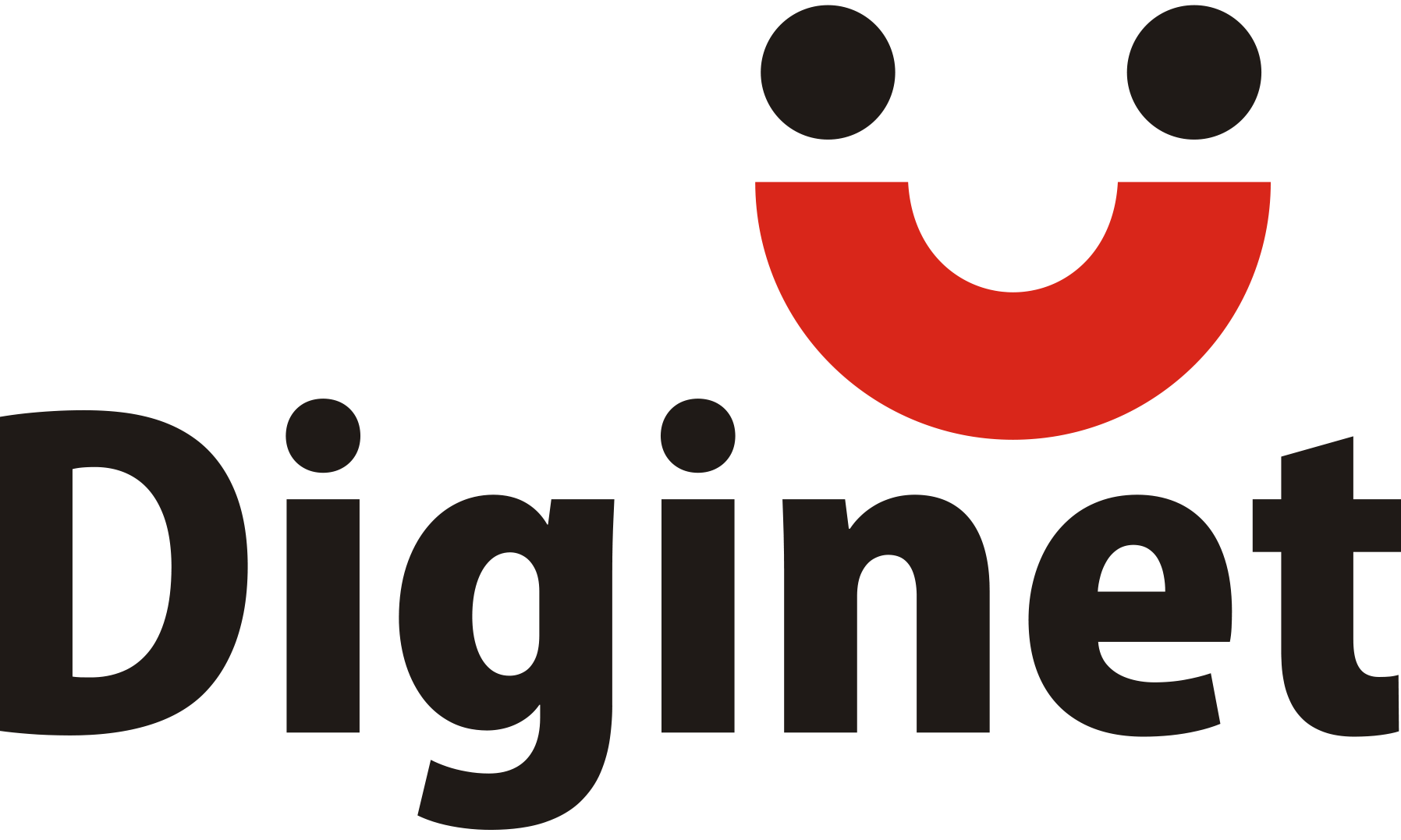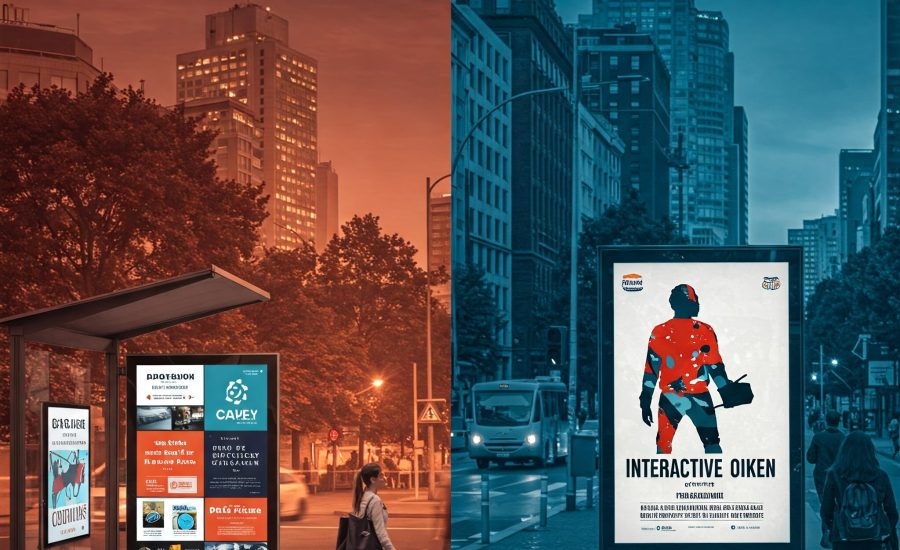
DOOH vs. Traditional OOH: Why Digital is the Future of Outdoor Advertising
Outdoor advertising has long been a powerful medium for brands to reach mass audiences. From towering billboards to transit ads and street furniture displays, traditional Out-of-Home (OOH) advertising has played a significant role in marketing strategies. However, with the rapid evolution of technology, Digital Out-of-Home (DOOH) advertising is reshaping the landscape, offering more dynamic, engaging, and data-driven solutions. In this blog, we’ll explore the differences between DOOH and traditional OOH advertising, why digital is gaining traction, and how businesses can leverage it for maximum impact.
Understanding Traditional OOH and DOOH Advertising
Traditional OOH Advertising
Traditional OOH advertising refers to static, physical advertising placements, such as:
-
Billboards (highways, urban areas)
-
Posters and banners
-
Transit advertising (bus stops, taxis, trains, airports)
-
Street furniture (benches, kiosks, shelters)
These ads provide constant exposure and are particularly effective in high-traffic areas. However, they lack flexibility, requiring significant time and resources for updates and changes.
Digital OOH (DOOH) Advertising
DOOH advertising incorporates digital screens and smart technology to deliver dynamic content. Common formats include:
-
Digital billboards
-
Interactive kiosks
-
Programmatic DOOH (automated ad placements)
-
Augmented Reality (AR) and Artificial Intelligence (AI)-powered ads
Unlike static OOH ads, DOOH enables real-time content updates, audience targeting, and greater engagement, making it a preferred choice for modern advertisers.
Why Digital OOH is the Future of Outdoor Advertising
1. Dynamic and Engaging Content
DOOH advertising allows for creative, multimedia content, including:
-
Video ads
-
Real-time social media feeds
-
Weather, time, or location-based messaging
-
Interactive features like QR codes and touch screens
This dynamic nature captures attention more effectively than static billboards, improving engagement rates.
2. Enhanced Targeting Capabilities
Traditional OOH advertising offers broad audience reach but lacks precision. DOOH, on the other hand, leverages:
-
Geofencing and location-based marketing
-
Behavioral and demographic targeting
-
AI-powered audience analytics
Brands can tailor messages to specific audiences based on real-time data, increasing relevance and conversion rates.
3. Programmatic Advertising & Automation
One of the biggest advantages of DOOH advertising is programmatic buying, which automates the ad placement process. Benefits include:
-
Real-time bidding and cost efficiency
-
Flexible campaign adjustments
-
Integration with omnichannel marketing strategies
Programmatic DOOH allows brands to optimize budgets and run ads at the right place and time, maximizing impact.
4. Greater ROI and Measurability
Traditional OOH advertising can be challenging to track in terms of engagement and conversion. DOOH addresses this with:
-
Digital tracking and analytics tools
-
Audience impression measurement
-
Attribution models linking ad views to consumer actions
According to industry reports, DOOH campaigns have seen a 48% increase in consumer engagement compared to static OOH ads, demonstrating the effectiveness of digital formats.
5. Interactivity and Consumer Engagement
Modern consumers expect personalized experiences, and DOOH delivers through:
-
Augmented Reality (AR) activations
-
Touchscreen and motion-responsive displays
-
Personalized ad content based on real-time data
This level of interaction enhances brand recall and encourages consumer participation.
6. Sustainability and Cost Efficiency
DOOH reduces the need for physical materials, making it a more sustainable advertising solution. Key benefits include:
-
Lower printing and installation costs
-
Reduced carbon footprint from digital screens vs. paper-based ads
-
Ability to update ads without wasteful reprints
For brands looking to align with environmental values, DOOH is a future-proof alternative to traditional OOH advertising.
Case Studies: How Brands are Leveraging DOOH Advertising
Nike’s Interactive DOOH Campaign
Nike utilized real-time data and digital billboards to display customized running routes in urban areas, encouraging community engagement. The campaign resulted in increased foot traffic to Nike stores.
McDonald’s Weather-Responsive Ads
McDonald’s leveraged DOOH screens to display different menu items based on the weather (e.g., coffee on cold days, ice cream on hot days). This adaptive strategy boosted sales and customer engagement.
Spotify’s Data-Driven Billboard Ads
Spotify used DOOH advertising to showcase personalized music recommendations based on local listening trends, creating a buzz and driving subscriptions.
How Businesses Can Transition from Traditional OOH to DOOH
Transitioning to DOOH advertising requires strategic planning. Here’s how brands can make the shift:
-
Identify Key Locations: Choose high-footfall areas where digital screens can maximize visibility.
-
Leverage Data-Driven Insights: Use analytics tools to understand audience behavior and preferences.
-
Invest in Programmatic DOOH: Automate ad placements to optimize spending and reach.
-
Create Engaging Content: Develop visually appealing and interactive ads that resonate with your target audience.
-
Test and Optimize Campaigns: Continuously monitor performance metrics and refine strategies for better results.
Frequently Asked Questions (FAQs)
1. What is the main difference between DOOH and traditional OOH advertising?
Traditional OOH consists of static, printed ads that remain unchanged for extended periods, while DOOH uses digital screens that allow for dynamic, interactive, and real-time content updates.
2. Is DOOH advertising more expensive than traditional OOH?
Initially, DOOH may have a higher cost due to digital screen investments, but it offers better ROI through flexible updates, programmatic buying, and targeted advertising, making it cost-effective in the long run.
3. How can I measure the success of my DOOH campaign?
Metrics such as impressions, audience demographics, dwell time, and conversion tracking through mobile interactions or QR codes can help measure DOOH campaign effectiveness.
4. What industries benefit the most from DOOH advertising?
Industries such as retail, automotive, hospitality, entertainment, and real estate benefit greatly from DOOH’s ability to provide real-time, location-based advertising.
5. How does programmatic DOOH work?
Programmatic DOOH automates the buying and placement of digital ads using AI and real-time bidding, ensuring ads are displayed to the right audience at optimal times.
Conclusion
DOOH advertising is revolutionizing the outdoor advertising industry, offering unparalleled flexibility, engagement, and measurability. While traditional OOH advertising still holds value for brand awareness, the future is digital. Businesses looking to stay ahead must embrace DOOH’s capabilities to create impactful, data-driven, and interactive advertising experiences.
As the industry evolves, brands that integrate DOOH into their marketing mix will gain a competitive edge, ensuring higher ROI and stronger consumer connections. The future of outdoor advertising is undoubtedly digital—are you ready to make the switch?
Recent Topics
-
 District App’s High-Impact DOOH Campaign by Diginet Media at DLF Noida
District App’s High-Impact DOOH Campaign by Diginet Media at DLF Noida -
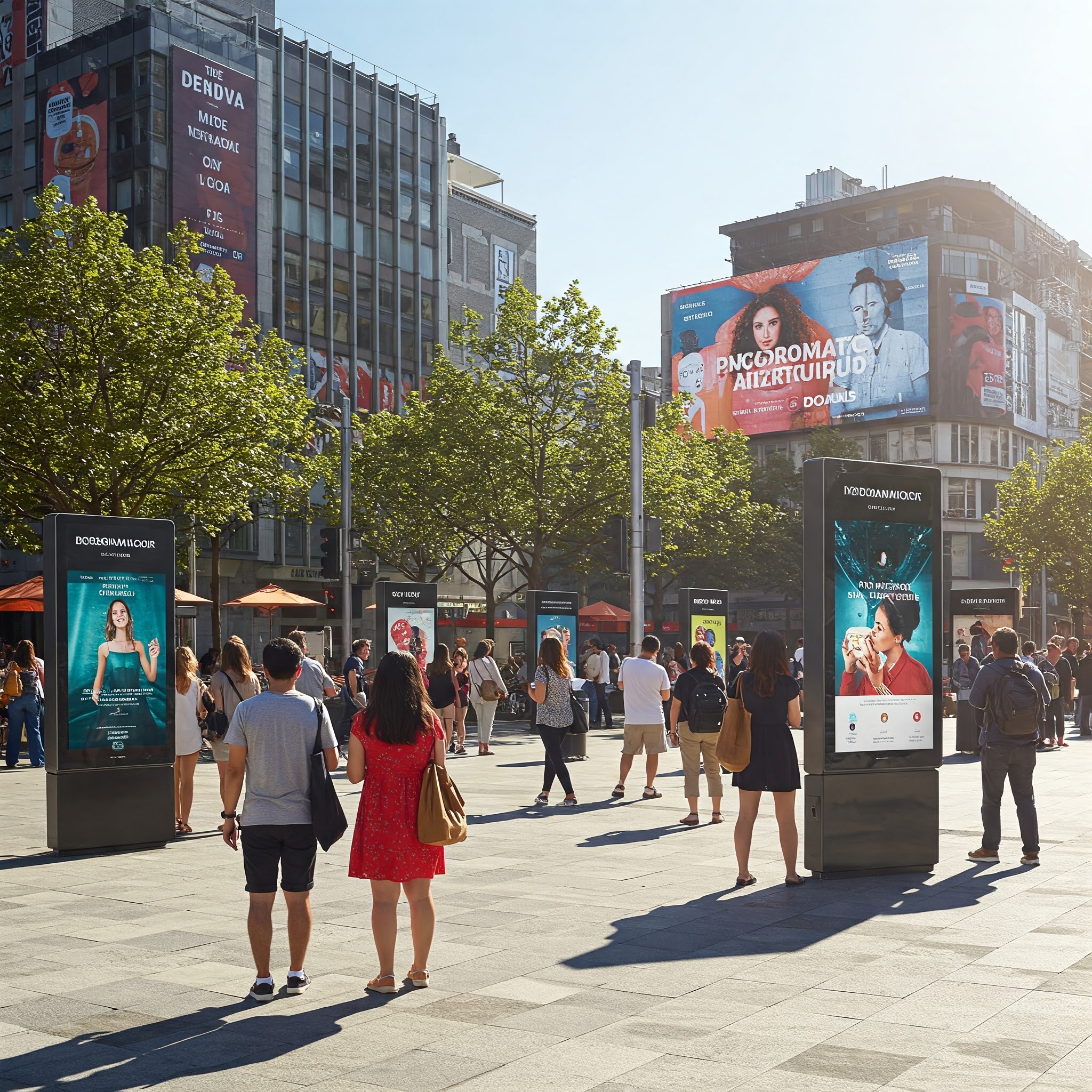 How Brands Win the Attention War with Programmatic Advertising & DOOH Media
How Brands Win the Attention War with Programmatic Advertising & DOOH Media -
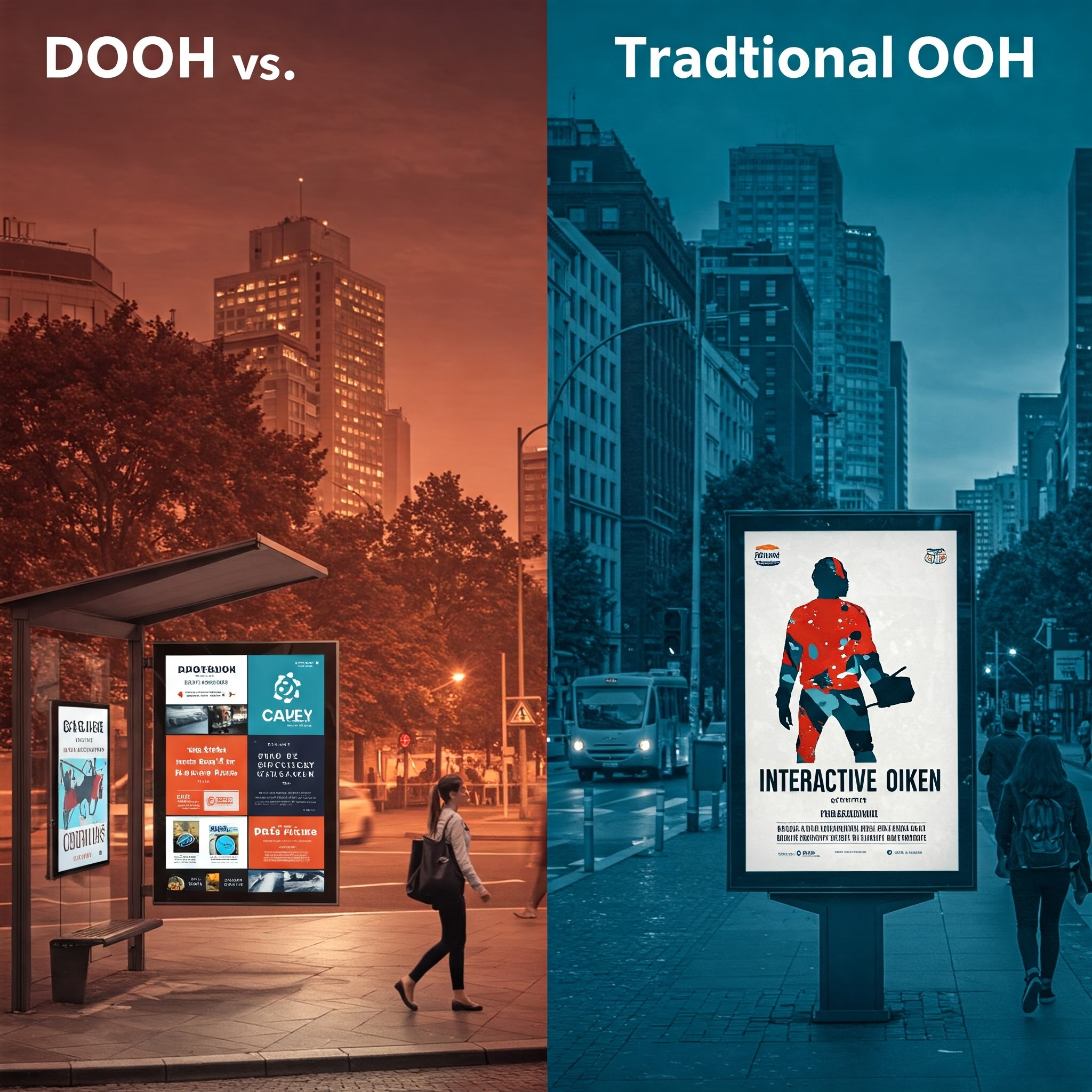 DOOH vs. Traditional OOH: Why Digital is the Future of Outdoor Advertising
DOOH vs. Traditional OOH: Why Digital is the Future of Outdoor Advertising -
 Sky Force Movie DOOH Campaign at DLF Mall
Sky Force Movie DOOH Campaign at DLF Mall -
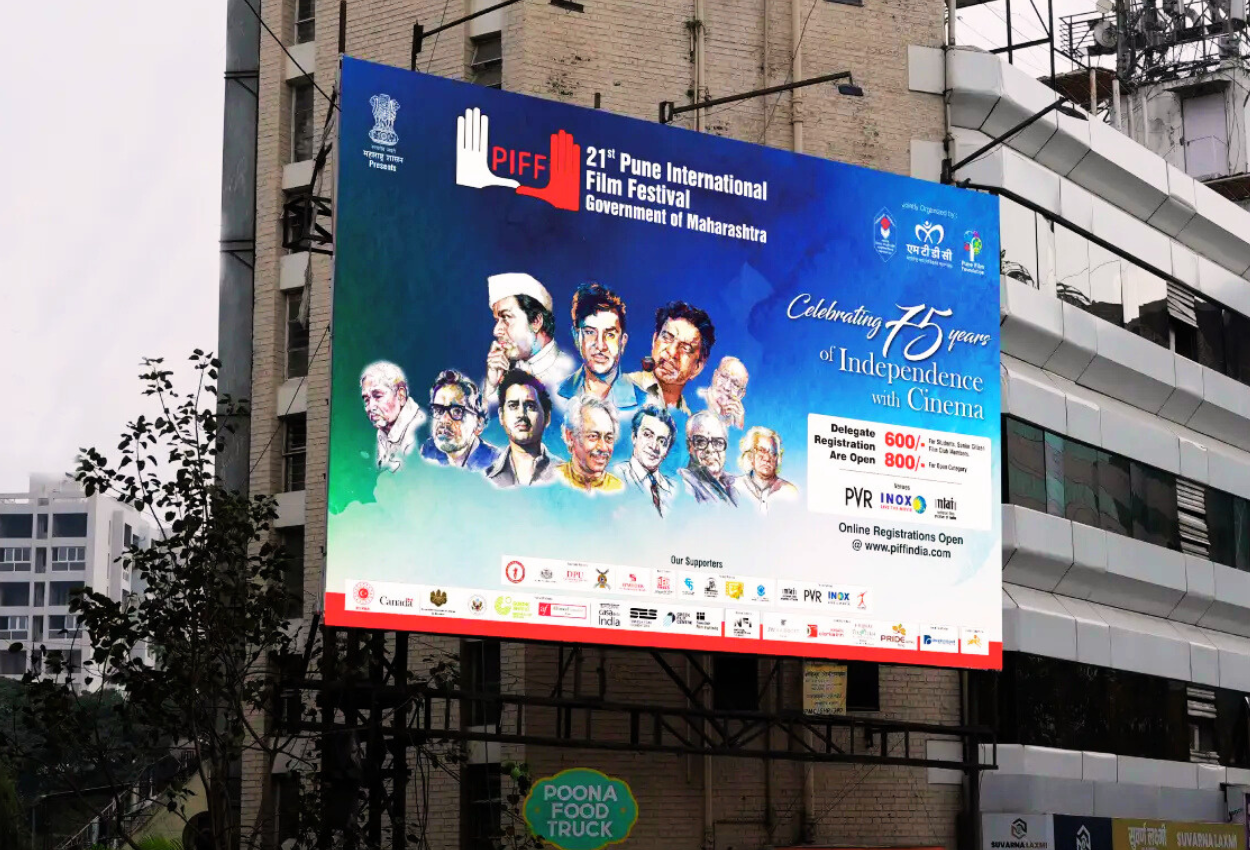 How to Choose the Right Outdoor Media Agency: A Complete Guide
How to Choose the Right Outdoor Media Agency: A Complete Guide -
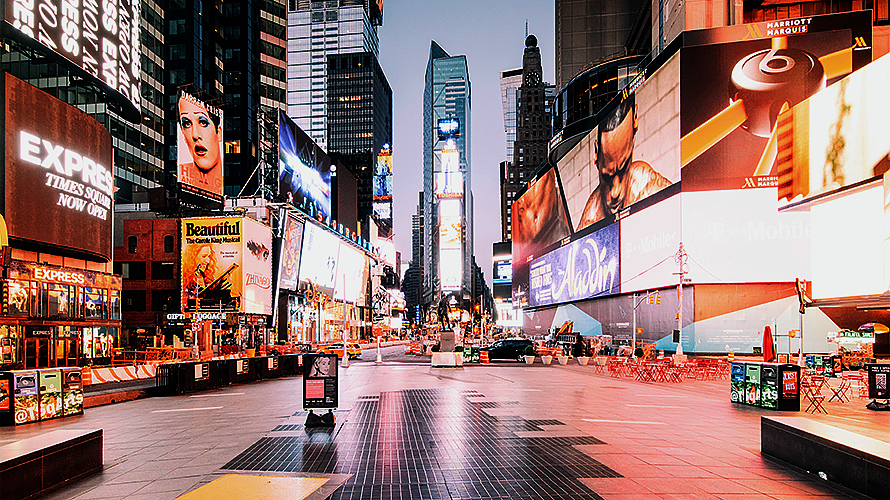 Out-of-home advertising (OOH) - How to Maximize Your Reach
Out-of-home advertising (OOH) - How to Maximize Your Reach -
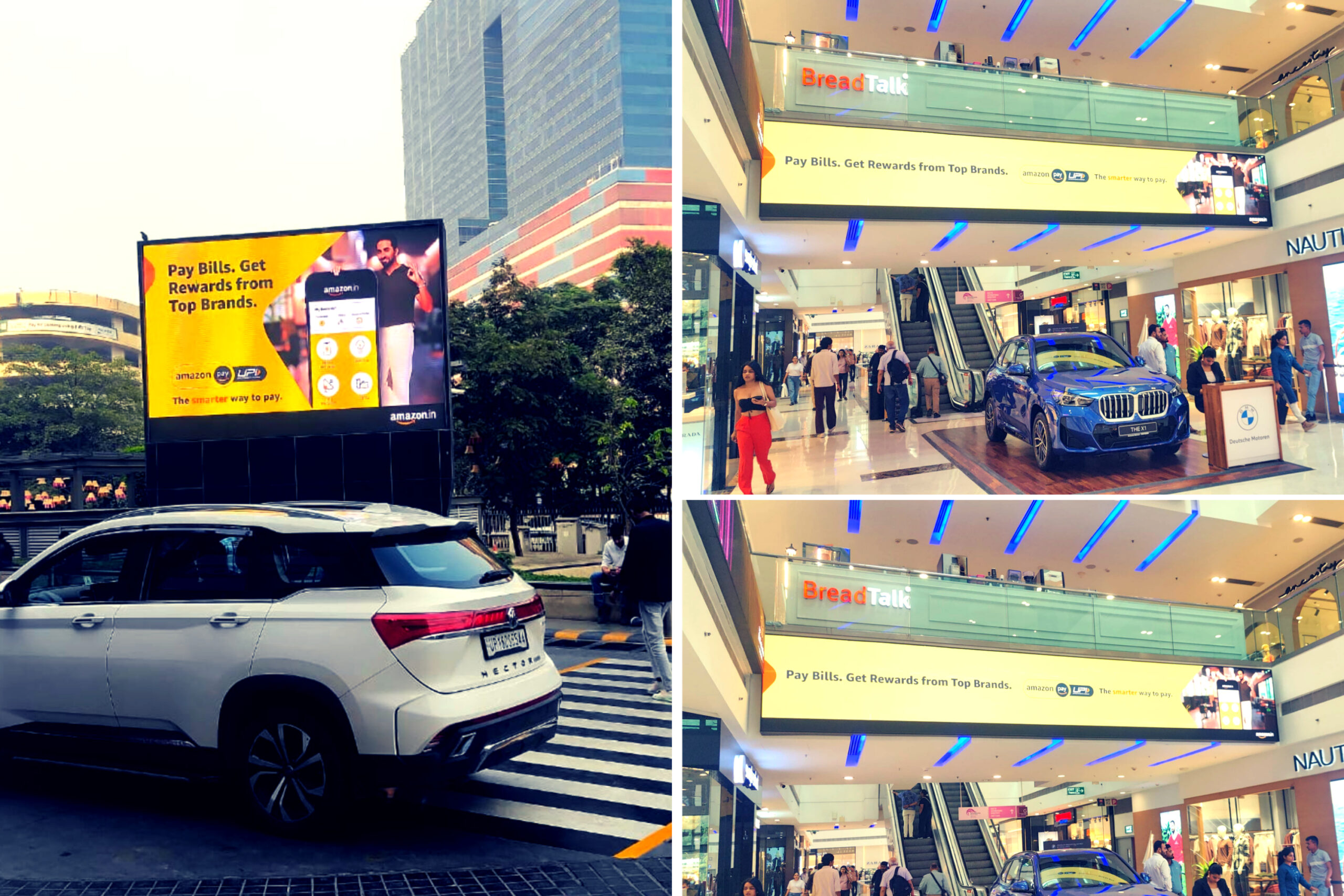 Amazon Pay's Digital Ad Campaign DLF Mall
Amazon Pay's Digital Ad Campaign DLF Mall -
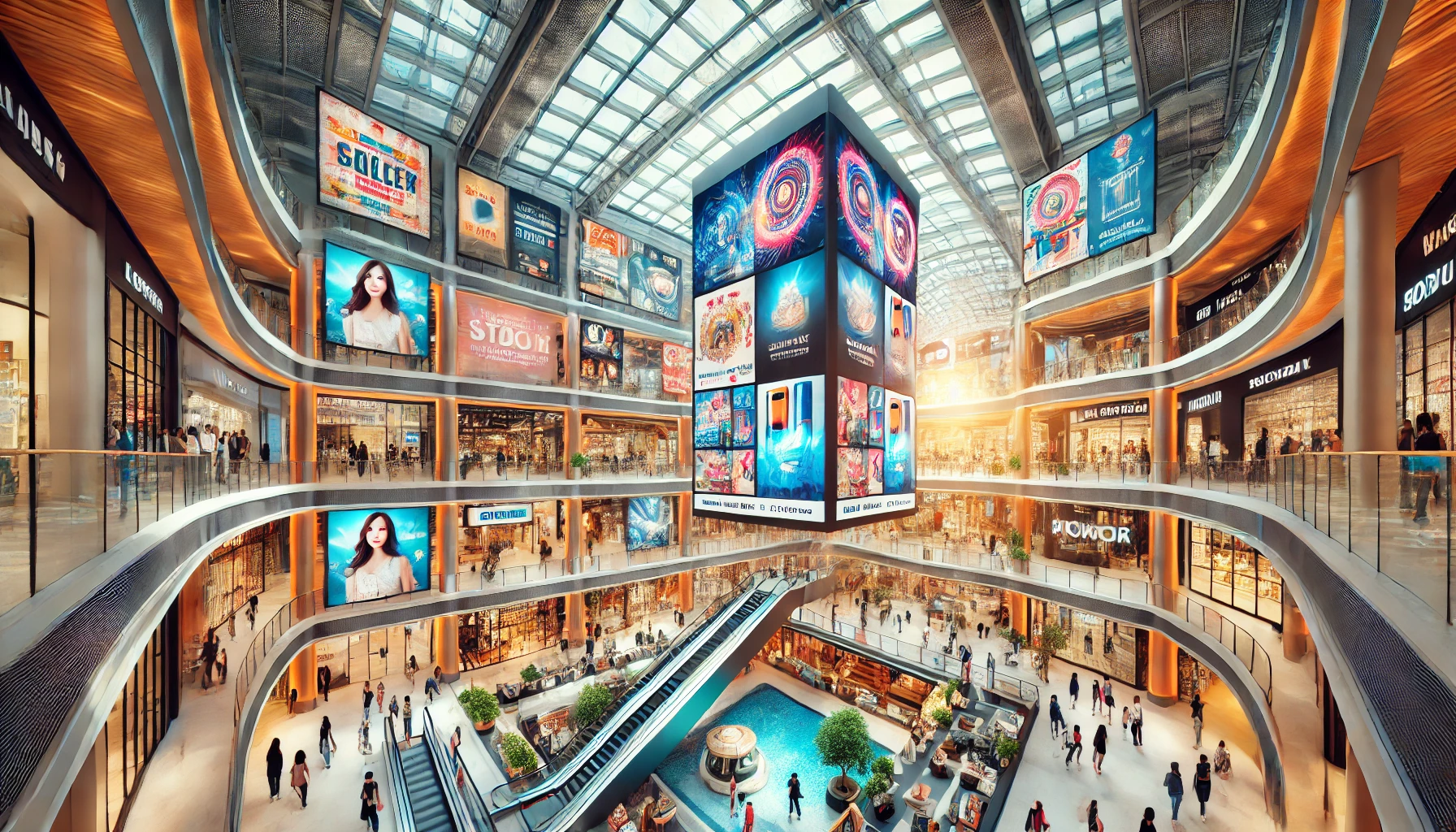 Mall Advertising in Noida: What You Need to Know
Mall Advertising in Noida: What You Need to Know
